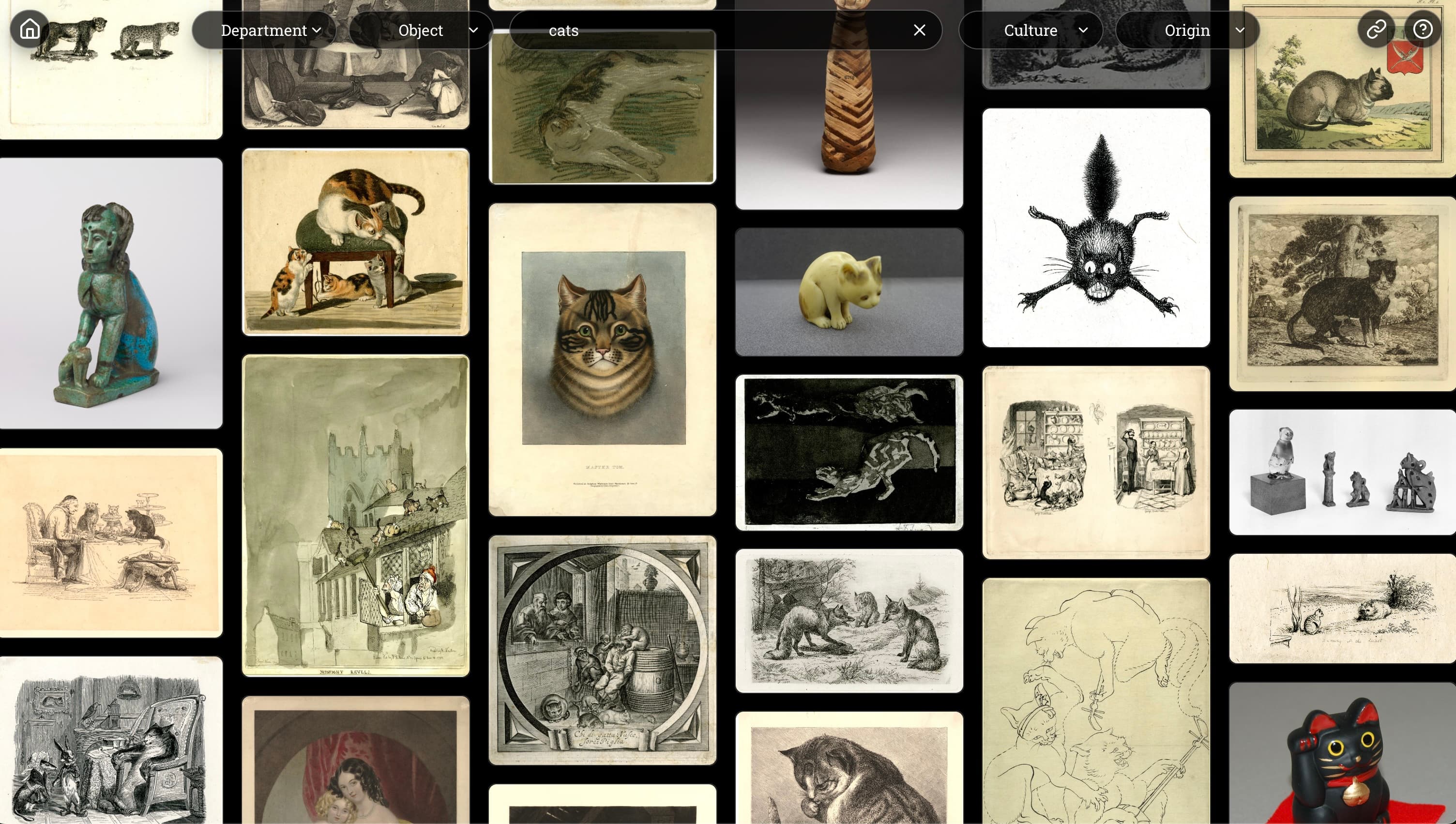The Living Museum
Important Notice
This website uses content from the British Museum's collection database. © The Trustees of the British Museum. Shared under a Creative Commons Attribution-NonCommercial-ShareAlike 4.0 International (CC BY-NC-SA 4.0) licence.
This site is not affiliated with or endorsed by the British Museum.
Any derivative works created from British Museum content on this site are also shared under CC BY-NC-SA 4.0.
If the artifacts in museums could talk, what would you say to them? Would you ask about their origins, or what life was like back in their eras? Or would you simply listen to their stories?
If you could be a curator for a day, what exhibits would you dream up? Would you weave a narrative from Paleolithic to present, or would you zoom into a specific era, exploring its every detail?
For me and countless others, museums are windows into our world, past and present. They are places of education and wonder, where people connect with diverse, distant cultures and witness the marvels of human creativity.
However, the museum-going experience has remained largely unchanged in my lifetime. Curators use art and historical artifacts to tell stories about people, places, and things. Visitors passively explore exhibits, with little room for interactivity outside of guided tours.
As the world undergoes rapid technological change, can technology help visitors build more meaningful connections to these objects? Generative AI models can simulate characters, scenes, and in the not-too-distant future, entire worlds, with striking realism - can they also bring museum subjects to life? Will conversational AI museum guides which are indistinguishable from humans replace the classic audio guide? Can AR/VR systems overlay meaningful context onto physical spaces, or bring the museum-going experience to anyone in the world?
The Living Museum is an experimental user interface using content from the British Museum’s website[1] (unaffiliated), which aims to show how these technologies could be used to craft engaging experiences for museums visitors and people at home. First, we allow visitors to curate personalized exhibits by searching the collection using natural language. Second, we use large language models (LLMs) to bring artifacts to life, allowing visitors to feel their presence and learn about history through dialogue.
I hope this project demonstrates that technology like AI can increase immersion, thereby improving educational outcomes, without sacrificing authenticity or factuality.
Let's explore the Living Museum!
Create an exhibit
When you first open the Living Museum, you'll be greeted by a mosaic of the most famous artifacts at the British Museum. You can filter the collection using metadata[2], or dream up an entirely new exhibit using your own words.
To use natural language search, try searching for specific objects (e.g., "clothing from China"), general themes (e.g., "life in the times of the pharaohs"), or abstract concepts (e.g., "cats" or "yellow"), which will create exhibits that weave together artifacts from different cultures and time periods.

Some of my favorite exhibits include:
- Ancient Egyptian mummies
- Japanese prints
- Pre-Columbian Aztec art
- Aboriginal Australian rock art
- Assyrian palace wall reliefs
- Gothic cathedral stained glass fragments
Converse with artifacts
When you want to learn more about an artifact, click to enlarge it and start a conversation. Ask the artifact about its origins, significance, and historical context - or anything else you can think of.
The conversations seamlessly blend seach artifact's specific history with the vast knowledge base of advanced language models. We believe this could be a better way to learn than reading placards or asking generic language models directly, while still being grounded in factuality. For example, a conversation with the Ife Head is not constrained by the British museum's archival metadata or a specific curator's comments. Instead, the AI draws upon comprehensive knowledge about Ife culture, Yoruba history, and even the intricacies of lost-wax casting used in its creation.

Future
What will the museum of the future look like? Imagine AI guides, infused with curators' expertise, leading personalized tours based on your interests. Perhaps augmented reality systems will proactively identify artifacts as you navigate the museum, feeding this information to your AI guide. Or maybe, if you can't travel to the museum, virtual reality will make all of this accessible from the comfort of your own home.
If you have feedback or want to discuss the museum of the future, email me or message me on X!
- [1]
The British Museum's collection contains millions of artifacts. By my estimate, around 2.5 million are digitized. The Living Museum supports the ~1.2 million that have images.
- [2]
Currently supported filters include museum department, culture/time period, object type, and place of origin. However, there are many other fields that could be exposed.
Thank you to June Wang, Chanon Roy, Ana Ghookassian, Flora Guo, Tommy Trinh, Mariel Marshall, Dan, and Ahmed Saleh for your help and feedback.